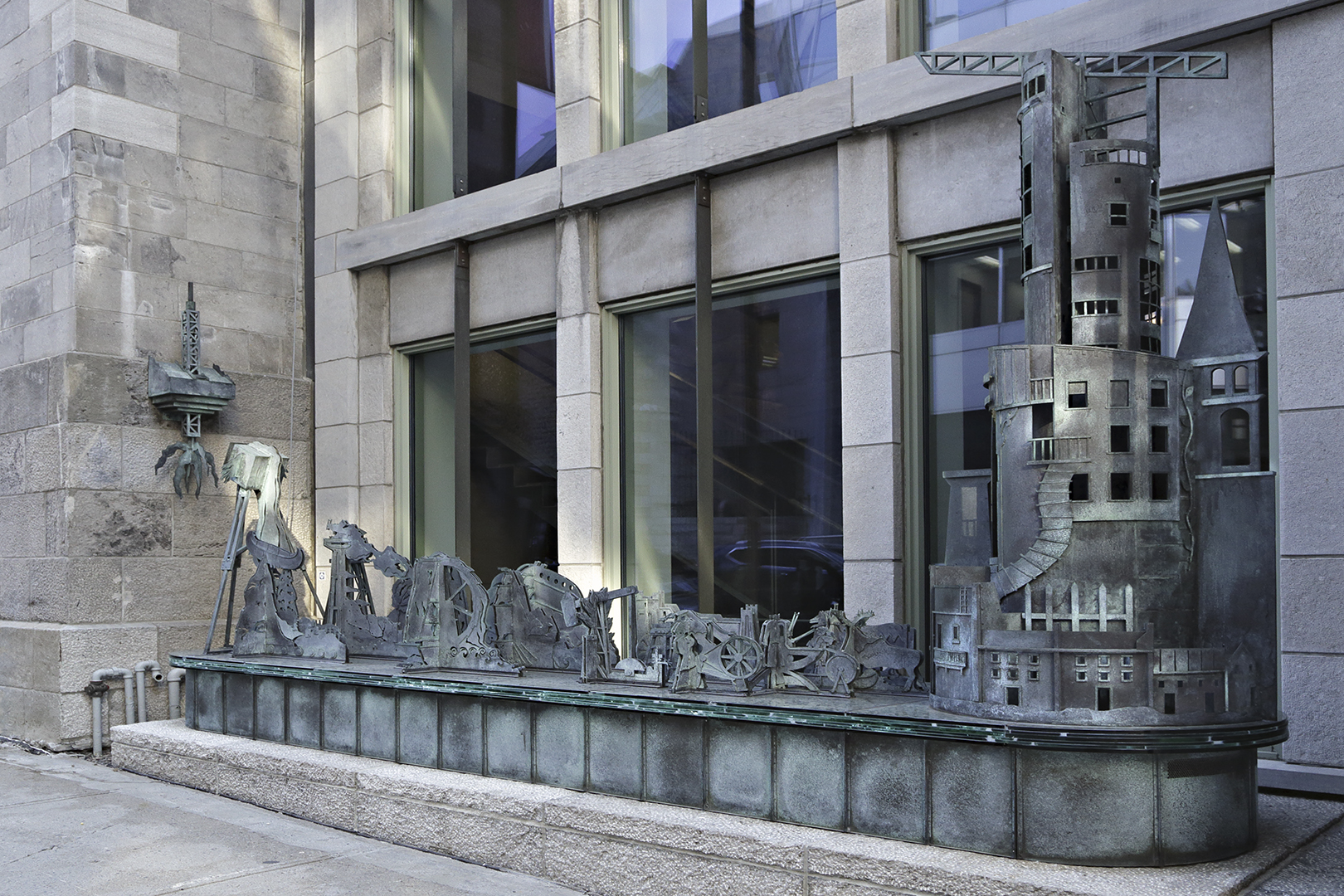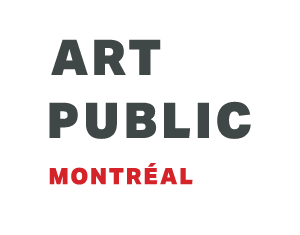





Pierre Granche graduated from the École des beaux-arts de Montréal in 1969 where he started created sculptures from different metals. After his studies, he then proceeded to learn new welding techniques. In 1976, he pursued advanced studies in sculpture at the Université de Vincennes in Paris.
Pierre Granche chose installation as his sculptural practice for public art or for exhibition sites. The artist renewed the codes of artistic practice in Quebec by expanding the notion of the artist, his or her art and the exhibition site. The artist shows interest at an early stage in spatial organization, structural topology and topography. He sees art practically as a science, two fields for which research is a fundamental and intrinsic element. Formal research was his source of inspiration. Among the artists interested by art and the city, Granche belonged to a sub-group of people that were forever conscious for the perpetually changing aspect of the urban landscape.
It is paramount that artists integrate their work to architecture in Quebec. He participated in the Comité de la politique d’intégration au ministère des Travaux publics et de l’Approvisionnement’s study sessions and offered his services as a specialist in committees dedicated to selecting projects. Throughout his brief career, Pierre Granche created more than a hundred works of art which he integrated to architecture, to nature and, in an ephemeral way, to the exhibition site. He also created twenty public art works.
As a teacher at the Université de Montréal from 1975 until his death in 1997, Granche helped found the plastic arts section within the Département d’histoire de l’art. For Granche, you could only learn by working on concrete projects. He included students in the fulfillment of public orders or important installations for museums, adding a modern twist to the operating methods of the prestigious studios of the Renaissance or the Bauhaus.
Artwork description
The work is composed of four elements: a luminous base of glass plates evoking water, an island, or the earth’s stratification; an “urban totem,” an image-synthesis of the city and its history in three phases; a procession of figures recalling moments, legends and objects from our collective memory; and a communication tower rooted in a mountain of books, a reflection of the Museum’s knowledge and of its role in research and diffusion.


